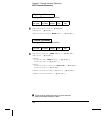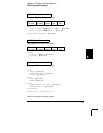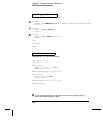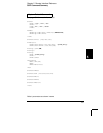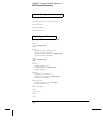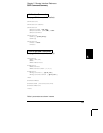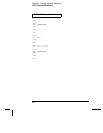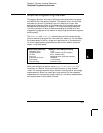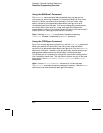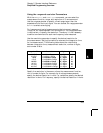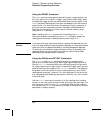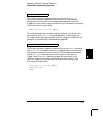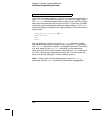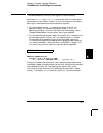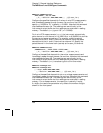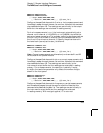
Using the MEASure? Command
The MEASure? command provides the easiest way to program the
instrument for scanning. However, this command does not offer much
flexibility. When you execute this command, the instrument uses
default values for the requested measurement configuration and
immediately performs the scan. You cannot change any measurement
attributes (other than function, range, and resolution) before the
measurement is taken. The results are sent directly to the instrument’s
output buffer but readings are not stored in memory.
Note: Sending MEASure? is functionally the same as sending
CONFigure followed immediately by a READ? command.
Using the CONFigure Command
For a little more programming flexibility, use the CONFigure command.
When you execute this command, the instrument uses the default
values for the requested measurement configuration (like the MEASure?
command). However, the scan is not automatically started and you can
change some measurement attributes before initiating the scan.
This allows you to incrementally change the instrument’s configuration
from the default conditions. The instrument offers a variety of low-level
commands in the ROUTe, SENSe, SOURce, CALCulate, and TRIGger
subsystems.
Note: Use the INITiate or READ? command to initiate the scan.
The INITiate command stores the readings in memory. Use the FETCh?
command to retrieve the stored readings from memory.
Chapter 5 Remote Interface Reference
Simplified Programming Overview
202



